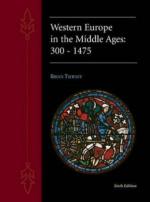|
This section contains 1,621 words (approx. 6 pages at 300 words per page) |

|
Burgundian Origins and Italian Splendor.
Choreographed dances brought into existence a new type of artistic impresario, the dancing master, who invented the dances and taught them to the members of the court. The earliest known of these worked in Italian courts from the beginning of the fifteenth century, although their manuals show a well-developed set of step protocols and dance behavior that suggests that the idea had begun in the previous century, and possibly not in Italy. The name of one of the Italian choreographed dances, bassadanza, is first seen in its French form basse danse in a poem by the Provençal troubadour Raimon de Cornet (c. 1340): "A jongleur would rapidly learn stanzas and many little verses, cansos, and basses danses." It is clear that by the fifteenth century the basse danse was choreographed, but since the name simply means "low dance," contrasting its conservative...
|
This section contains 1,621 words (approx. 6 pages at 300 words per page) |

|




